Biology practical questions and answers on plant physiology (3)
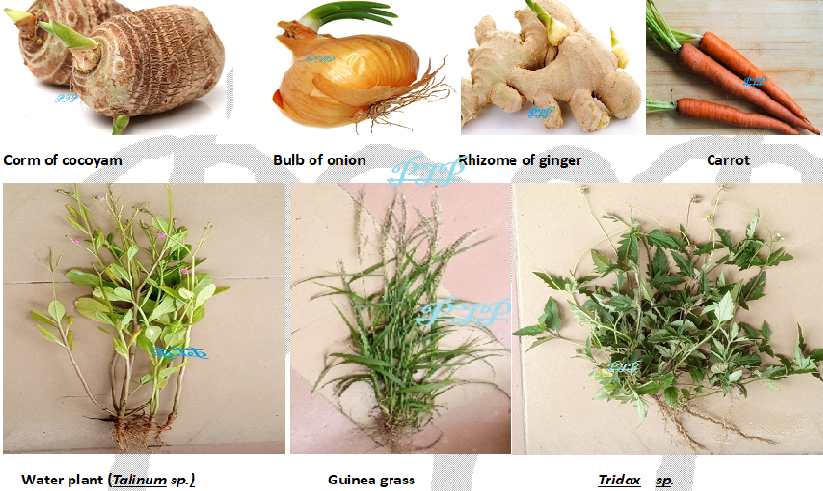
Specimen provided
Specimen A – Corm of cocoyam
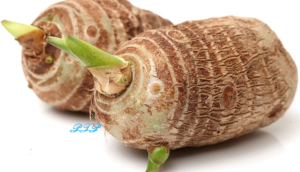
Specimen B – a bulb of onion

Specimen C – Rhizome of ginger
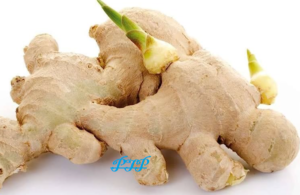
Specimen D – carrot
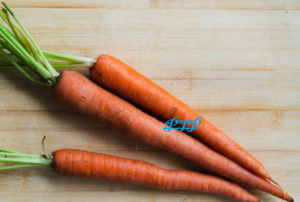 Specimen E – water plant (Talinum sp.)
Specimen E – water plant (Talinum sp.)

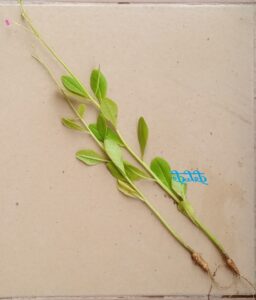
Specimen F – Guinea grass
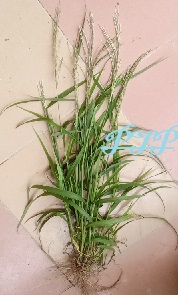
Specimen G – Tridax sp.

Questions
State four observable similarities between specimens A and C.
ANSWER:
- Both have scale leaves
- Presence of leaf scar.
- Both have nodes and internodes.
- Possess adventitious roots
- Presence of terminal and axillary buds
- They are both storage organs
- They are also underground stems.
State four observable differences between specimens B and C.
|
Specimen B |
Specimen C |
| Short vertical stem | Long horizontal stem short |
| t internodes | Long internodes |
| Presence of fleshy (storage) leaves | Absence of fleshy leaves |
| leaves arranged in a concentric ring | leaves not arranged in concentric rings |
| A cluster of adventitious roots | Adventitious roots are spaced |
| Absence of leaf scar | Presence of leaf scar |
| Lateral buds are enclosed (protected) | Lateral buds are exposed |
Name one type of food stored in each of specimens A, B and C.
Food substances in the rhizome of the ginger
- Starch
- Minerals
- Vitamins
Food substances in cocoyam:
- Starch
Food substances in onion:
- Glucose
- Vitamins
State three observable features each in specimens A, B, and C that adapt them to their environment.
Observable adaptive features of specimen A of the ginger
- Possess buds for vegetative propagation
- Presence of scale leaves for protection.
- Adventitious roots are also present for anchorage and absorption of water and minerals.
- It is also swollen with food.
- Also the presence of contractile roots to push the corm into the soil.
Observable adaptive features of specimen B of the ginger
- Scale leaves for protection
- Buds for vegetative propagation
- Adventitious roots for anchorage and absorption of water and mineral salts
- Fleshy leaves for food storage.
Observable adaptive features of specimen C of the ginger
- Scale leaves for protection
- Buds for vegetative propagation
- Adventitious roots for anchorage and absorption of water and mineral salts
- Swollen underground stem stores food
Make a labelled drawing 8cm to 10cm long of specimen A.
A label drawing of specimen A
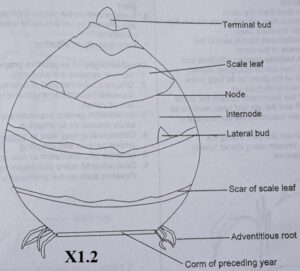
Make a labelled drawing 8cm to 10cm long of specimen B.
A label drawing of specimen B
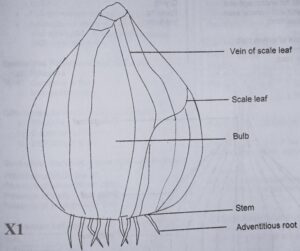
State the part of the plant to which each of the specimens C and D belong.
- Specimen C is a modified stem (underground stem).
- Specimen D is a root (tap root).
State three observable differences between specimens C and D.
|
Specimen C |
Specimen D |
| Scale leaves present scale | scale leaves absent |
| Nodes and internodes | o nodes and internodes |
| Presence of buds | Buds are absent |
| Adventitious roots are present | Adventitious roots are absent (in most) |
How can you propagate specimen C?
- Specimen C is propagated by stem cutting (natural vegetative propagation).
Give one reason based on observable features found on specimen C
- Possess buds
Make a labelled drawing 8cm to 10cm long of specimen C.
A label drawing of specimen C

State five observable similarities between specimens E and G.
- Both have simple leaves
- Possession of terminal flowers in both specimens
- Presence of green stems
- Presence of branched stems
- Also, both possess soft stems
- Their leave have reticulate venation
- Presence of nodes and internodes
- Presence of buds
- Floral buds presence in both specimens
Tabulate four observable differences between specimens E and F.
|
Specimen E |
Specimen F |
| Woody stem | Soft stem leaves |
| leaves are horizontal | Leaves are upright |
| Leaf stalk | Leaf-sheath |
| Net venation | Parallel venation |
| Nodes exposed | Nodes enclosed |
| Broad leaves | Narrow leaves |
| No hairs | Hairy |
List six observable differences between specimens E and G.
|
Specimen E |
Specimen G |
| Relatively shorter internodes | Relatively longer internodes |
| Alternate leaves | Opposite leaves |
| Serrated leaf margin | Smooth leaf margin |
| Spatulate leaves | Ovate leaves |
| Succulent leaves | Non succulent leaves |
| Round leave tips | Acute leaf tip |
| No hairy stem | Hairy stem and leaves |
| No capitulum | Presence of capitulum |
| Absence of adventitious roots | Presence of adventitious roots |
| Absence of strangling stem | Presence of strangling stem |
| Swollen taproot | Taproot not swollen |
| Fruit with no parachute | Fruit with a parachute-like fruit |
| Leaf veins are less conspicuous | Leaf veins are more conspicuous |
| Relatively brighter petals | Relatively less bright petals |
Remove one leave of specimen G and make a labelled drawing of 8cm to 10cm long of the upper surface of the leaf removed.
A label drawing of the upper surface of the leaf of specimen G

State the phylum and class of specimen E with at least two reasons in each case.
Specimen E
Phylum/Division Angiospermophyta
Reason:
- Bears flower
- Bear fruit containing seed
Class Dicotyledoneae
Reason:
- Possess taproot system
- The leaves have net venation
- Presence of leave stalk.
- The leaves are also broad.
List three economic importance of specimen C.
- Serves as food (spice)
- Source of income.
- It is also used as medicine.
- Source of employment
State the observable features of specimen C that classified it as an underground stem.
- Possess axillary buds.
- possess terminal buds.
- Presence of nodes and internodes.
- Also possess scale leaves
- Presence of adventitious roots.






